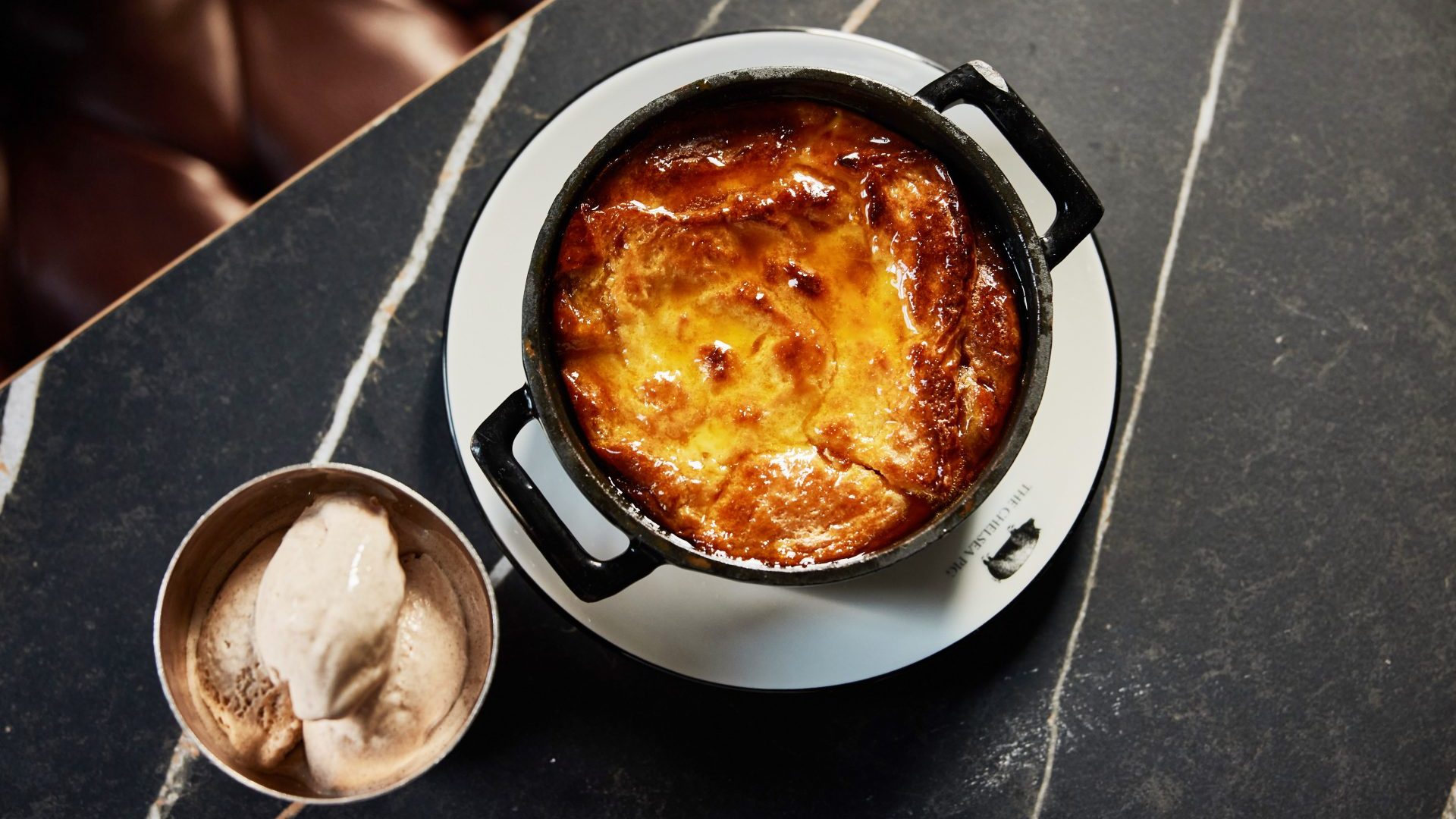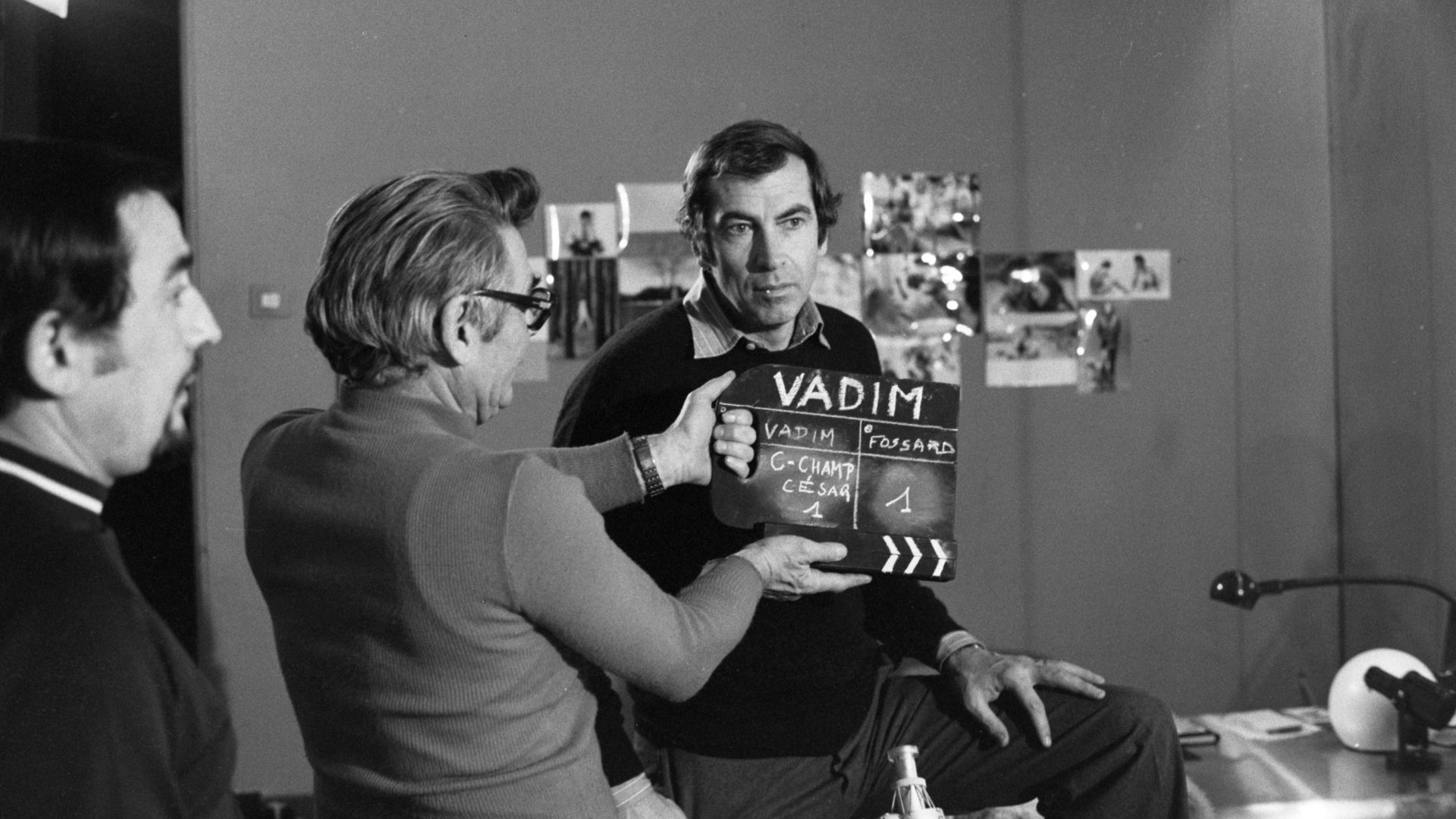The last speaker of the Yahgan language, Cristina Calderón, tragically died of Covid last year in Puerto Williams, Chile, aged 93.
Yahgan was the southernmost language in the world, spoken by the indigenous inhabitants of the far southern areas of Chile and Argentina, including Cape Horn at 56°S. (In contrast, the southernmost part of New Zealand lies at no more than about 48ºS.) In the 19th century the Yahgan people numbered between 2,500 and 3,000, but perhaps now there are only 1,500 of them.
Linguists regard Yahgan as a language isolate – ie it had no known linguistic relatives, either because it never had any, or because the others had all died out. The language had five different mutually intelligible dialects.
The Yahgan are a remarkable people, constituting the world’s southernmost
human population. Reports from the first Europeans to arrive in the Southern Cone, as the bottom end of South America is sometimes known,
make startling reading. If these reports are true, then in spite of the cold damp climate the Yahgan often went more or less unclothed, wearing only animal-skin capes over their shoulders, and coating themselves with animal grease. It was apparently not unknown for them to sleep naked outside in the winter.
Now, sadly, the Yahgan speak only Spanish, although before she died Cristina Calderón did write a dictionary of the language which, in its spoken form, has now died with her.
The northernmost language in the world is called Inuktun. It is the language of the Inughuit people, who live in the far north of Greenland, in and around the settlement of Qaanaaq, formerly often known as Thule, which is situated at the top northwestern corner of Greenland
Inuktun, also known as Northern Greenlandic, is an Eskimoan member of the Eskaleut (Eskimo-Aleut) language family, whose member languages are spoken over a vast area of the globe, from far northern Russia (eastern Siberia) through Alaska, across northern Canada, and over to the eastern Greenland coast to within about only 200 nautical miles of Iceland.
Eskimoan languages are grouped into Yupik (Western) and Inuit (Eastern) branches. Inuktun falls into the Inuktitut sub-branch of Inuit, and it is a closer linguistic relative of the eastern Canadian Eskimo varieties than of the major indigenous language of Greenland, Kalaallisut or Greenlandic.
The Inughuit are also a remarkable people. They were reported to be one of the only non-agrarian societies in the world to have lived without engaging in fighting or warfare. According to Professor Lawrence Keeley, in the early 1800s they consisted of about 200 people who had lived in their remote isolation for so long that they thought they were the only people in the world – until they came into contact with Europeans in 1819.
Their language had developed in isolation for very many generations and, as a result, is significantly different from the other Eskimoan linguistic varieties of Greenland, notably Kalaallisut, which since 2009 has been the official language of Greenland (replacing Danish). Kalaallisut has about 50,000 speakers, while Inuktun has only about 800, and so it is not surprising that the Inughuit are now generally bilingual in these two different varieties of Eskimoan.
It remains to be seen if their mother tongue will survive, or go the way of Yahgan.
REMOTE
The adjective remote “distant in space or time” has been used in English since the 1500s. It comes from Latin remotus “removed”, from the verb removere. Technological advances in the last 30 years have meant that it has now also become a very common English noun: probably most of us operate our TV sets via a “remote”.




